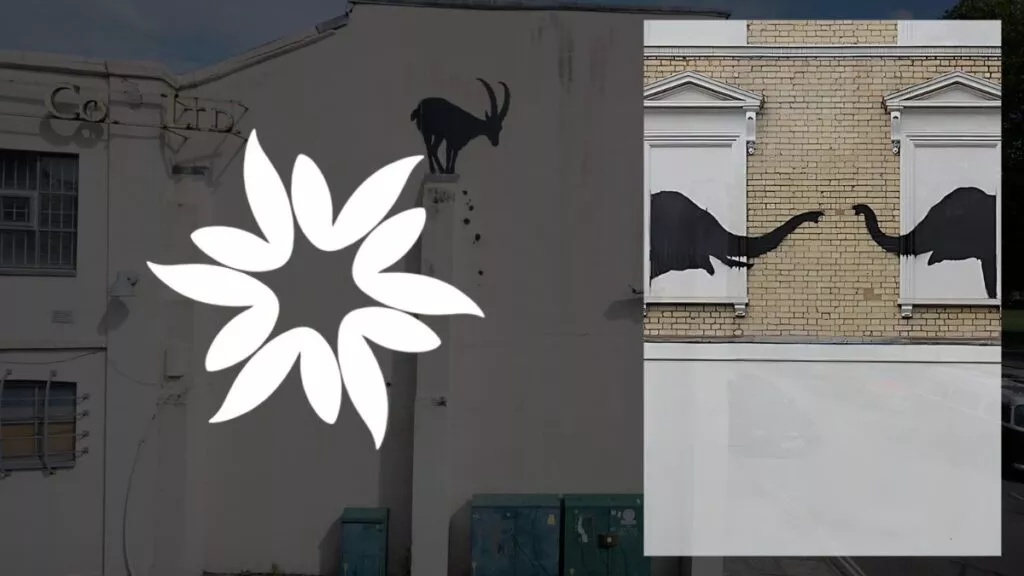Follow the captivating journey of Eduardo Kac, a Brazilian American artist who’s about to launch a unique hologram into space in an unparalleled artistic endeavor.
Key Takeaways
- Brazilian American artist Eduardo Kac is set to make history by launching his holographic artwork, 'Ágora,' into deep space.
- Kac collaborates with Celestis, a company that specializes in launching cremated remains and DNA into space, for this unprecedented artistic venture.
- Kac's ambitious space project serves as a challenge to earthly artistic boundaries and initiates a dialogue about our future relationship with the cosmos.
Eduardo Kac Sets Sights on Stars, Taking Art Beyond Earth
As the famous saying goes, “the sky’s the limit.” But for the visionary Brazilian American artist, Eduardo Kac, the sky is merely a starting point. We’re embarking on an extraordinary artistic expedition, where Kac is setting out to make cosmic history by launching his art masterpiece, ‘Ágora,’ into the great beyond.
Ágora: Art and Holography Breaching the Final Frontier
Since the inception of Ágora back in 1986, Kac envisaged his art’s destination as not being any earthly gallery, but the boundless expanses of deep space. An exceptional fusion of art and technology, Ágora, a pioneering use of holography, presents a profound statement – the projection of the Portuguese word Ágora, symbolizing a “gathering place” or “now” based on accent placement.
A 1.5-centimeter square of glass serves as the physical canvas, encoding the data and appearing as a mere piece of clear glass. Illuminate it, and voila! The vibrant hologram of Ágora springs to life, painting a spectral tableau in a cyber green hue.
Kac’s past rendezvous with space projects, via collaborations with NASA and SpaceX, were preludes to this ambitious endeavor. Be it guiding French astronaut Thomas Pesquet to craft a sculpture in zero gravity, or his nanofiche disk carrying encoded symbols reaching the International Space Station; Kac’s artistic oeuvre carries a spacefaring legacy.
Follow the captivating journey of Eduardo Kac, a Brazilian American artist who’s about to launch a unique hologram into space in an unparalleled artistic endeavor.

Celestis: The Ultimate Time Capsule in Space
In Celestis, a company that specializes in launching cremated remains, DNA samples, and digital messages into space, Kac found the perfect ally. Fondly known as the “forever time capsule”, Celestis will aid Kac in realizing his deep-space aspiration. The company’s upcoming mission, “The Enterprise Flight,” will travel 186 million miles away from Earth, destined to orbit the sun forever.
This unprecedented voyage will carry the remains of Star Trek creator Gene Roddenberry, along with the DNA of former Presidents George Washington, JFK, and Dwight D. Eisenhower. While these celestial companions are unintended, their presence lends a poetic context to Kac’s work.
The Power of Space Art: A Defiance of Earthly Boundaries
As Kac contends, we must embrace space culture as a natural extension of our terrestrial existence, driven by our inherent need to explore and experience the unknown. Critics might question the ecological and financial impact of such ventures, but Kac posits that artists, wherever they are, will use available resources to express themselves. He contends that art in space is no more ecologically detrimental than Earth-bound art, which often employs environmentally harmful materials.
Indeed, Kac’s Ágora pushes the boundaries of artistic exploration. It will exist as a “potential star,” hinting at future discoveries and uncharted territories, waiting to communicate with future space travelers. So, where are we headed? Eduardo Kac points upward, beyond our earthly horizons, and whispers, “To the stars!”








